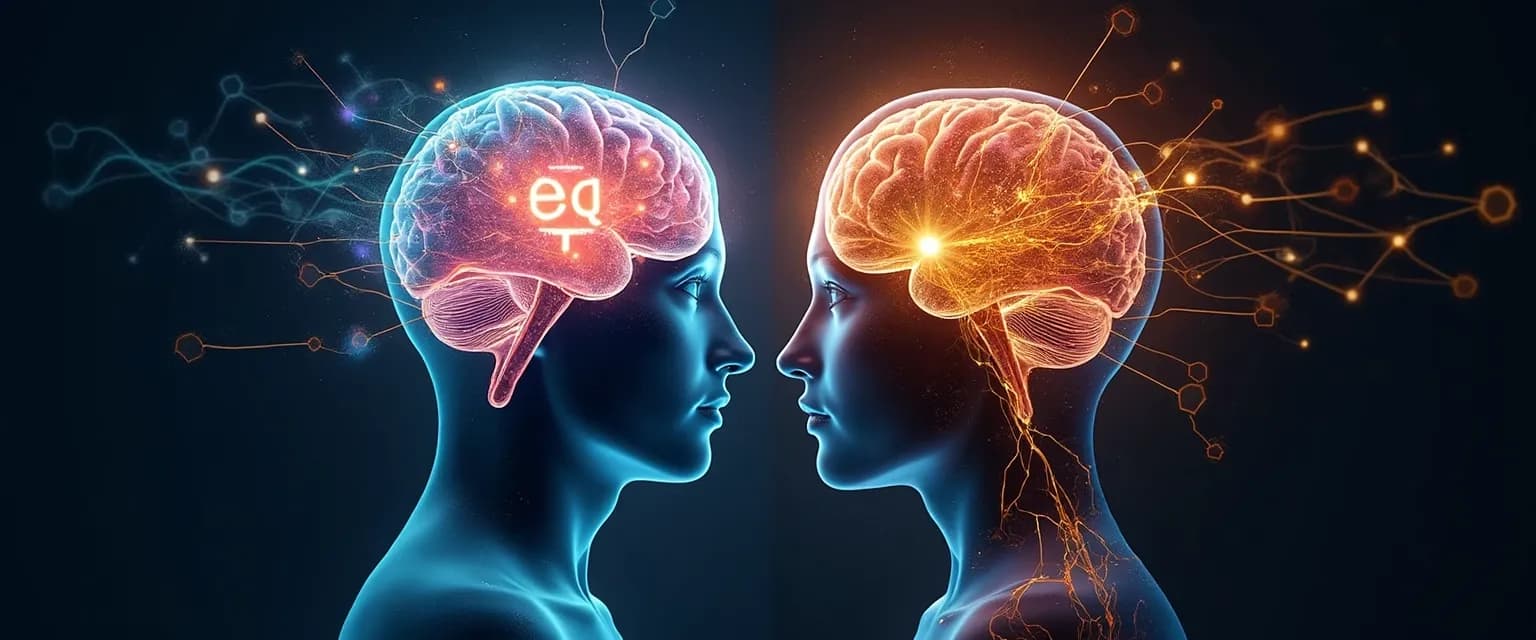7 Ways the Relationship Between Intelligence and Emotional Intelligence Enhances Problem-Solving
Ever wondered why some people excel at solving complex problems while others struggle despite having similar IQs? The secret lies in the relationship between intelligence and emotional intelligence. While traditional IQ measures analytical abilities, emotional intelligence (EQ) enhances how we process information, interact with others, and navigate challenging situations. When these two forces work together, they create a problem-solving powerhouse that far exceeds what either could accomplish alone.
The relationship between intelligence and emotional intelligence isn't about choosing one over the other—it's about how they complement each other. Research shows that individuals who score high on both measures consistently outperform those who excel in just one area. This is because emotional awareness creates neural pathways that actually enhance cognitive processing, allowing for more creative and comprehensive problem-solving approaches. Let's explore seven ways this powerful connection transforms how we tackle challenges in our personal and professional lives.
By understanding the relationship between intelligence and emotional intelligence, you'll gain access to stress management techniques that enhance your decision-making capabilities and help you navigate complex situations with greater ease.
How the Relationship Between Intelligence and Emotional Intelligence Transforms Decision-Making
The first way the relationship between intelligence and emotional intelligence enhances problem-solving is through heightened self-awareness. When you recognize your emotional responses to challenges, you can separate feelings from facts, leading to clearer analytical thinking. This emotional clarity prevents cognitive biases from clouding your judgment.
Second, social intelligence—a key component of EQ—enables collaborative problem-solving. While traditional intelligence might help you develop brilliant solutions in isolation, emotional intelligence helps you communicate these ideas effectively and incorporate diverse perspectives. This collaborative approach often yields more innovative and robust solutions than individual problem-solving.
Third, emotional regulation creates mental space for deeper cognitive processing. When you can manage frustration during complex problem-solving, you maintain access to your full intellectual capabilities rather than becoming limited by stress responses. This anger management capacity is crucial when tackling particularly challenging problems.
Fourth, empathy provides insights that pure logic might miss. By understanding stakeholders' emotional needs and motivations, you can develop solutions that address both technical requirements and human factors—making implementation much more successful.
The relationship between intelligence and emotional intelligence also enhances intuitive decision-making. Your emotional brain processes vast amounts of information below conscious awareness, often arriving at accurate conclusions faster than deliberate reasoning. When you learn to trust these intuitive signals while verifying them with analytical thinking, you achieve a powerful decision-making balance.
3 Practical Techniques to Strengthen the Relationship Between Intelligence and Emotional Intelligence
Ready to enhance your problem-solving capabilities by strengthening the relationship between intelligence and emotional intelligence? These practical techniques help you integrate both types of intelligence for superior results.
The Pause-and-Reflect Technique
When facing a complex problem, take a 30-second pause before responding. During this brief moment, ask yourself: "What am I feeling about this situation, and how might these emotions influence my thinking?" This simple practice activates both emotional awareness and analytical processing simultaneously, creating neural connections between these different brain regions.
Perspective-Taking Exercise
Before finalizing important decisions, deliberately consider the situation from three different perspectives: your own, that of someone directly affected by your decision, and that of a neutral observer. This multi-angle approach combines emotional intelligence (empathy) with analytical thinking (systematic evaluation), strengthening the relationship between intelligence and emotional intelligence.
Emotion-Mapping for Complex Challenges
For particularly difficult problems, try creating a quick emotion map. Identify what emotions arise at different stages of the problem-solving process, then use this awareness to determine when to lean more heavily on analytical thinking versus intuitive processing. This technique helps you leverage the mindfulness techniques that enhance both types of intelligence.
Leveraging the Relationship Between Intelligence and Emotional Intelligence in Your Daily Life
The best relationship between intelligence and emotional intelligence strategies are those you can implement consistently. Start by noticing when emotions enhance or hinder your problem-solving. Are you overlooking important data because of excitement about a particular solution? Or are you intuitively sensing an opportunity that doesn't yet appear in the analytics?
Try integrating brief emotional check-ins throughout your decision-making processes. These don't need to be time-consuming—even a 10-second pause to notice your emotional state can significantly improve your cognitive functioning.
Remember that strengthening the relationship between intelligence and emotional intelligence is an ongoing journey. Each time you practice these techniques, you're building neural pathways that make integration more automatic. The result? A problem-solving approach that seamlessly blends the best of both worlds—giving you an edge that pure IQ alone could never provide.




